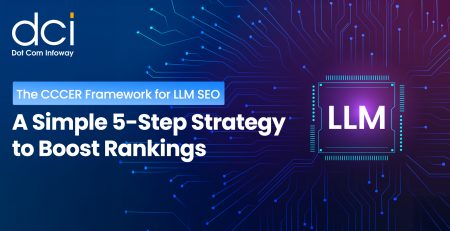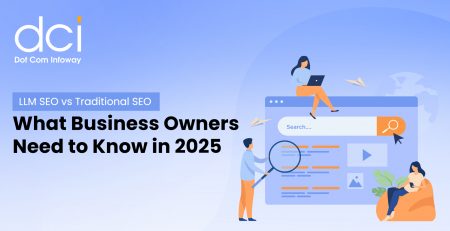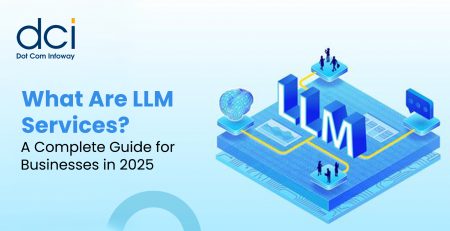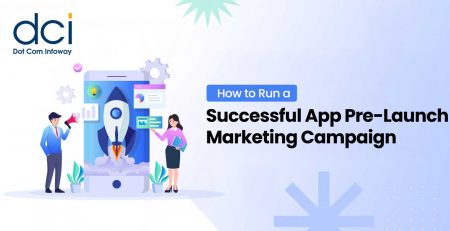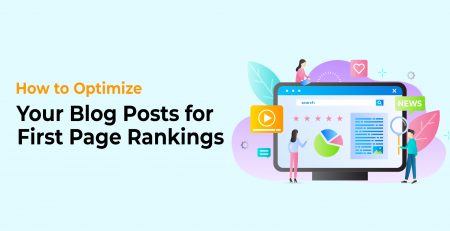Step-by-Step Guide to Web Design & Development: Best Practices
Want to build amazing websites and web apps for your clients quickly? Then you need to know the latest web design and development best practices in 2024. In this article, we’ll discuss important tips to help you create responsive websites that clients will be super proud of. You’ll also learn about essential techniques to future-proof your web design career in the face of upcoming technologies and changing end-user preferences. If all this sounds appealing, read below to take your web development skills to the next level.
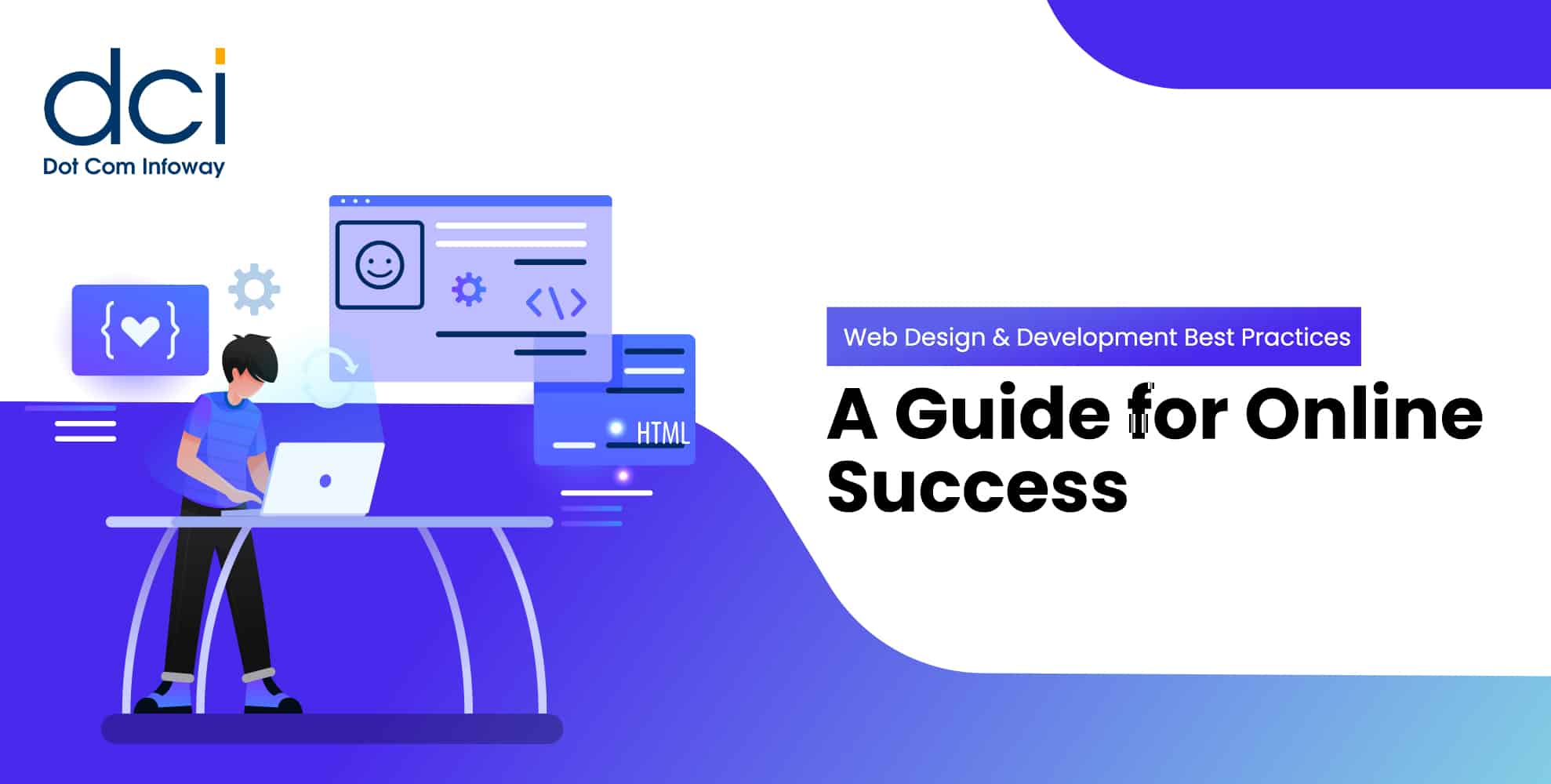
Benefits of Excellent Web Design and Development
1. More website traffic
A great website counts for nothing if doesn’t get traffic. If you build it right, however, you can make it a traffic magnet. Good web design practices help to ensure that your website is a hit with both search engines and human audiences alike, earning you plaudits across the board.
Of course, web design can only take you so far. You also need to complement it with a stellar and strategic content marketing campaign. Pair the two well, however, and you have a recipe that will help you generate lots of high-quality traffic.
2. Improved Brand Credibility
Your brand’s reputation is on the line here. Get your web development right, and people will hold you in high regard. When your brand is highly reputable, this increases your industry authority. It also makes it easier for you to get more referrals.
But don’t just take our word for it. Research by Designed to Conquer showed that 75% of consumers use a website’s design to judge the credibility of the company behind it. So excellent web design is key to creating that amazing first impression that gets leads to trust you.
3. More Sales and Profits
This ties in with the first two points because good web design leads to more website traffic and improved credibility. When you get more website traffic, this means that you can cast a much wider sales number. But it isn’t just about numbers. It’s also about quality.
When pulled off well, it can also help you reach the right audience and attract leads with high conversion intention. Throw in the improved credibility, and the likelihood of turning web visitors into loyal, high-paying customers for your business goes up a notch.
Best Practices to Implement for Effective Web Design that drives Traffic
1. Start with a plan
Every web design project starts with a dream or idea. For example, you may have a client who’s been dreaming of creating an e-commerce store and has approached you to make it happen.
But before you begin to type out any code, you first need to establish the project plan. Just like the archer needs the bullseye to aim at, your project also requires plans and goals to provide direction and focus. They can help guide you toward success and plan for vital project needs ahead of time.
In this case, some of the goals may have revolved around:
- Creating a strong presence online
- Increasing sales for specific products
- Raising brand awareness
- Getting more referrals and so on
- Lowering cart abandonment rates
It doesn’t matter whether you’re developing a website for a personal or business use case. Creating a strong project plan is important to help you realize your desired outcomes sooner and to avoid wasting resources on low-priority design elements.
When thinking about your priorities, it’s also important to consider clear objectives such as page load speed, website navigation maps, HTML elements, and other important concerns.
2. Separate Your Code
Web design involves both back and front-end development. This means that you may need to use different languages for either process. This can mean a combination of JavaScript, HTML, and CSS or more. In particular, CSS and HTML come in handy when you’re styling and structuring web pages and generally working on the front end.
While it is possible to use more than one language, I recommend keeping it to a minimum. Combine them only when it makes sense or when the occasion calls for it. Otherwise, you want to avoid it. This is because it can raise compatibility issues and even increase the complexity of your project.
3. Build an amazing UI
It’s cliché and you’ve probably heard it a million times but that doesn’t make it any less true. One of the fundamental best practices of web development is ensuring that user experiences are flawless.
In order to do that, you need to first of all figure out who your website’s end users are. With this information, it becomes much easier to understand their digital journey. And when you have a proper understanding of this, you can create a UX/UI experience that meets their needs.
4. Start Small, Work your way up
Web design can be exhausting and time-consuming. It only gets more challenging when you’re building complex websites or web apps with really advanced features. This is why we recommend that you start small.
This means hammering out small and simple features that take the least time but are too many. Once you get these tasks out of the way, you can free up your concentration, creativity, and effort to focus on the major features.
The same also goes for updates. You want to perform smaller, incremental updates before you launch major updates.
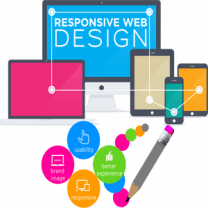
End to End Web Solution for your Business
With 20+ years of Experience, Dot Com Infoway offer Website Solution to empower your business by the strong presence on the digital Platform. Our expert team build a custom that accommodates all your needs and requirements
5. Use Impactful Visuals
Images are worth a thousand words. They help to draw attention, captivating your end users so that they stay for the experience that they promise. In fact, websites with impactful visuals enjoy 47% higher click-through rates compared to others, according to Research by Get Vero.
However, visual elements can be a double-edged sword. Get them wrong and your website loading speed goes up, which puts off users and increases your bounce rates.
To avoid that, here are some tips about developing visual website elements:
- Keep it simple
- Compress your images
- Use a clean, uncluttered design
- Leverage brand colors
The last point about leveraging brand colors is key for improving brand recognition.
6. Draft Hard-hitting Copy
Your website will need copy for its landing pages, headers, footers, and various other sections. If your website interface is on point, but the copy is not, there can be a trade-off that’s more disadvantageous than advantageous.
When writing copy, it’s best to keep it simple. Avoid fancy language and jargon and go straight to your goal. That said, I recommend writing benefits-driven copy that touches on the pain points of your audience.
For instance, if you’re building a website to sell insurance plans, you want to create a copy that revolves around key challenges. This could be the lack of comprehensive insurance plans at affordable prices. Then, you can set up your product as the savior that solves this problem.
7. Don’t Forget your CTAs
Call to action or CTAs help you to close the deal. However, it’s important to know how to create the right one. So what makes a good CTA or CTA button? Well, here are some tips that will get your end users to click on the CTA as if their lives depend on IT:
- Make your CTA clear and specific
- Use a contrasting color to make it pop
- Leverage color boxes to improve visibility
It always helps to bring an experienced copywriter on board. Then you can augment their expertise with web design finesse that helps you get the best of both worlds.
8. Make your Design Responsive
Last but most certainly not least, you need to make your website responsive. So no matter whether your end-users will be visiting your website on, be it a desktop, laptop, or tablet, it still needs to look great and be fluid no matter the device.
Just to show you how important it is, a study by Business Dasher revealed that 90% of websites have a responsive design. But that’s not even the best part. The good news is that 62% of businesses noticed more sales as a result of implementing responsive websites.
To create a responsive website, we recommend using a fluid grid or layout. Additionally, you should use lots of white space, optimize page speeds, and create optimized visuals, among other tactics.
An Experienced Web Design Agency can help!
Even for the seasoned developer, taking on a web design project solo can stifle your ideas, increase development complexity, and heighten the risk of failure. This is why it’s important to partner with a team of experienced web developers like Dot Com Infoway. With experts dedicated to handling both the front and backend needs of your website, you can build a beautiful and SEO-friendly website that attracts traffic and increases sales. If you’d like to achieve both for your business, reach out to us today for assistance with your next web design project.

